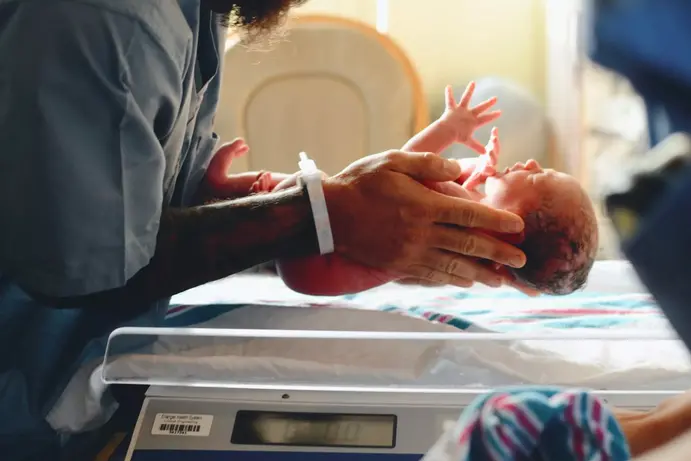Sardinia's birth rate plummets: 0.86 children per woman, the lowest in Italy.
Fertility rate at its lowest, it is the only one below 1. In the first seven months of 2025 there was a 10.1% decrease in new births: precarious work and difficulty in accessing the housing market weigh heavily(Handle)
Per restare aggiornato entra nel nostro canale Whatsapp
Birth rates are plummeting in Sardinia . According to data from January to July 2025, the island recorded a 10.1% decrease . Only Abruzzo fared slightly worse (-10.2%). This decline is one hundred times greater than the decrease from 2024 to 2023 (-0.1%). In the first seven months of 2025, 3,562 children were born in Sardinia, compared to 3,961 in the same period in 2024: 400 fewer .
Sardinia is the region with the lowest fertility rate, the only one in Italy with less than one child per woman . In the first seven months of 2025 , the indicator stood at 0.86, and in 2024 it was 0.91 . Nationally, in the period January-July 2025 it was 1.13, in 2024 it was 1.18, and in 2023 it was 1.20.
In short, increasingly empty cradles emerge, even at the national level, according to Istat data. In 2024, births in Italy numbered 369,944, a 2.6% decrease from the previous year, and in the first seven months of 2025, there were 13,000 fewer births than in the same period in 2024 (-6.3%).
The downward trend in births nationwide has continued unabated since 2008 , the year in which the highest number of live births of the 2000s was recorded (over 576,000), the report states. Since then, the overall loss has been almost 207,000 births (-35.8%) .
The decline in births - it is emphasized -, in addition to depending on the low propensity to have children (1.18 children per woman on average in 2024), is caused by the reduction in the number of potential parents, belonging to the increasingly small generations born since the mid-1970s, explains Istat.
At the regional level, in addition to Sardinia and Abruzzo, Umbria (-9.6%), Lazio (-9.4%), and Calabria (-8.4%) also performed poorly in the first seven months of 2025. The least significant declines were observed in Basilicata (-0.9%), Marche, and Lombardy (-1.6% and -3.9%, respectively). According to provisional data, the only regions to record an increase were Valle d'Aosta (+5.5%) and the autonomous provinces of Bolzano (+1.9%) and Trento (+0.6%) . All three are mountainous regions, regions with special status, and enjoy a high quality of life.
In 2024, both first-born children and subsequent children will continue to decline. First-born children number 181,487, a 2.7% decrease compared to 2023. Second-born children (133,869) will decrease by 2.9%, while subsequent children will decrease by 1.5%.
Difficulties persist, therefore, both in having a first child and in moving from the first to the second . The factors contributing to the decline in the birth rate are numerous: the lengthening of education times, the precarious conditions of youth employment and the difficulty of accessing the housing market , which tend to postpone leaving the family nucleus of origin, which can be accompanied by the choice of giving up parenthood or postponing it.
The decrease in births is almost entirely attributable to the decline in births to couples where both parents are Italian. Births to couples where at least one parent is foreign are 80,761 (21.8%), substantially stable compared to 2023, when they were 80,942 (-0.2%) . Sardinia is the region with the lowest incidence of foreign births compared to the total (4.1%).
In 2024, the average age at childbirth for mothers will reach 32.6 years, a slight increase on the previous year (32.5), but an increase of almost three years compared to 1995. Limiting the analysis to first-borns only, on average, in 2024, women in Italy will become mothers for the first time at almost 32 years of age (31.9) . The average age at having their first child was 31.7 in 2023 and less than 30 years (28.1) in 1995. Lazio, Basilicata and Sardinia are the regions with the highest postponement (33.2 years in all three regions) .
(Unioneonline/L)
